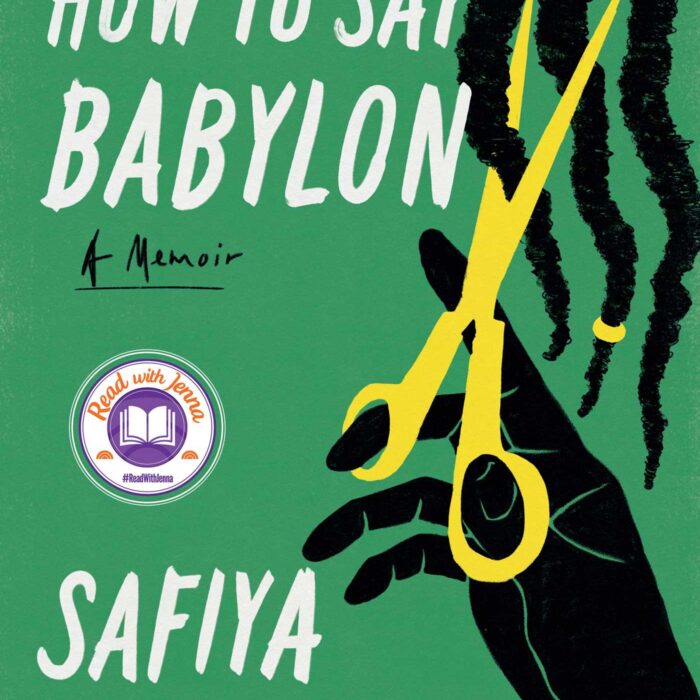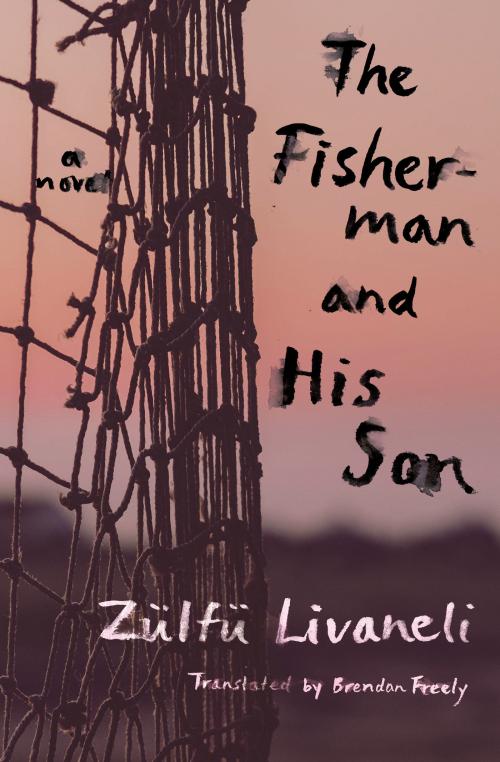You have no items in your cart. Want to get some nice things?
Go shopping![]() In 2012, Anthony Burgess’ A Clockwork Orange turned fifty years old. Much has changed since its first publication. The great period of authorial experimentation – the prodding and poking of the traditional novel form – is over. In Joysprick, his introduction to the language of James Joyce, Burgess makes the distinction between A and B novels. The A novelist is interested in character, plot, motivation. The B is marginally interested in all of this, but more so in form, narrative, and the words themselves.
In 2012, Anthony Burgess’ A Clockwork Orange turned fifty years old. Much has changed since its first publication. The great period of authorial experimentation – the prodding and poking of the traditional novel form – is over. In Joysprick, his introduction to the language of James Joyce, Burgess makes the distinction between A and B novels. The A novelist is interested in character, plot, motivation. The B is marginally interested in all of this, but more so in form, narrative, and the words themselves.
While the B-gang stretched the boundaries of fiction, sometimes too far, the great age playing with the shape of the novel has been presumed dead. But is there life in the old form yet? To mark the 50th anniversary of the first publication of A Clockwork Orange, Random House have developed an iPad app. The app contains the novella complete with annotations and glossary, and also includes the original typescript, pop ups and videos and additional materials (including geeky miscellany: the reader’s report, original contract, information sheet, illustrations, musical scores and Burgess’s various prognostications on his own work).
The app is orange and lavishly produced, with a user-friendly interface and a binge of scholarly material. The option to have audio available alongside the work is welcome (though Tom Hollander’s whiny Estuary tones are no match for Burgess’s own Mancunian). The talking heads are varied and broad-ranging. Andrew Biswell, biographer of Burgess and Director of the International Anthony Burgess Foundation is quietly illuminating, Martin Amis drawls about the A / B novel distinction and claims A Clockwork Orange is “the only successful B novel”, and Laurie Penny adds a welcome contemporary context to structural violence and the novella’s conduct toward women. Coming from the ‘Death of the Author’ school, Penny has given herself the license to misinterpret the theology of the work. Burgess believed that ‘it is as inhuman to be totally good as it is to be totally evil.’ This Catholic viewpoint means that though we’re born fallen, we’re born free, but Penny shifts the pathology of Alex’s badness away from original sin and onto society.
While the option for hyperlinked glossaries, notes, video, audio and pop ups can be paradoxically both useful and distracting, the vigour of Burgess’s language itself, the charisma of the horrorshow and ultraviolence is still unswervingly alert. The famous initiation, like the rest of Alex’s vicious confession, is swaggering, dry, anarchic, deviant, antisocial:
What’s it going to be then, eh?’
There was me, that is Alex, and my three droogs, that is Pete, Georgie, and Dim, Dim being really dim, and we sat in the Korova Milkbar making up our rassoodocks what to do with the evening, a flip dark chill winter bastard though dry.
‘Nadsat’ – an invented language combining Romany, Russian and slang – is the perfect vehicle to tell the story. As a device it distances the reader from the particularities of the era and the lashings of violence: it adds a scrofulous side of black comedy that makes Alex’s gang rape, robbing, punching, kicking and boyishness all the more disturbing and all the more beguiling. Only fifteen years old and already an accomplished hooligan, Alex is obsessed with classical music and ultraviolence. We are introduced to Alex and his droog companions Dim, Georgie and Pete as they hang out in the Korova Milkbar drinking ‘milk plus’ (another brilliant, dissociative Burgess inversion to make the innocent child drink of milk strange and menacing). After joyriding, breaking and entering, assaulting and raping a novelist’s wife, Alex returns home to listen to music and fantasize over more orgiastic violence:
Oh, it was gorgeousness and gorgeosity made flesh. The trombones crunched redglold under my bed […] I would have tolchocked them both harder and ripped them to ribbons on their own floor.
So-called ‘high culture’ proves not to be so self-improving. Instead, Alex is inspired by his beloved old Ludvig Van to spend the next day in an orgy of violence that ends in bloody murder. Alex is subsequently tried for the crime, and sentenced to the ‘Ludovico’ aversion therepy technique. This conditions Alex’s desires and makes him feel violently nauseous whenever he thinks freely. Not only does the Ludovico technique end his capacity for bad, it nulls his capacity for good. There’s dark catharsis in this riotous shattering of polite pretense. We are bad because we are bad. Utopia is an illusion and there is no hope in progress. What we have is the dignity of freedom, the genius of our individuality. How desirable is imposed change? Can goodness be imposed? Mischievously, Burgess reveals that without the structural violence of the Ludovico technique, Alex would’ve become a great composer, the Ludwig van of his generation.
A Clockwork Orange is an act of deviant art in the great tradition of the darker side of English literature. It revels in anarchy, viciousness, its own rebelliousness and criminal individuality. The unflattering suggestion is that violence is a natural part of adolescence; that young men outgrow or integrate into structures of violence. The virtuoso wordplay elevates the tale from parochial concerns about 60s subcultures and a Soviet style superstate to a fable about freewill, good and evil, social decay, youth violence and the prestige of the individual. A Clockwork Orange’s excitement in language and its pleasure in disgrace remains eternally youthful. A condition of great satire is that it’s always and increasingly relevant.
Where would this app version sit in Burgess’s own distinction? A? B? Possibly C? None of the above? Here we have the original B novel presented with DVD style bonus materials. It provides a brilliant introduction to the work, and it will go down like Alex’s spiked milk for fans of Burgess and his oeuvre. As for the possibility of this being the beginning of the C novel form, a new innovation – well, what’s it going to be then, eh?

Wes Brown
Wes Brown is a writer based in London. He is a Co-ordinator at the National Association of Writers in Education, administrator at Magma Poetry and Director of Dead Ink Books. He is currently writing a novel based on the Shannon Matthew's kidnap and training as a professional wrestler for a book about masculinity and storytelling. His debut novel, Shark, was published in 2013.





One comment